Located a short distance outside the historic city of Coimbra is one of the biggest and most diverse Roman ruins in Portugal. This national monument is just 17km from Coimbra and is well worth a visit for anyone interested in the Roman history of Portugal.
Discovering Conimbriga
The existence of the ruins was known about as far back as the 16th century, but official excavations only began in 1898, which would reveal the true extent and size of the original town. Most famous is the House of Cantaber, which is widely reported as one the largest houses discovered in the western Roman empire. The luxurious villa contained its own bathing complex, a heating system, and extensive gardens with columns and mosaics. As well as the villa, the mosaics across the whole site are standout features. Many of them intricate in their design, featuring gods, mythological creatures, people, and animals.
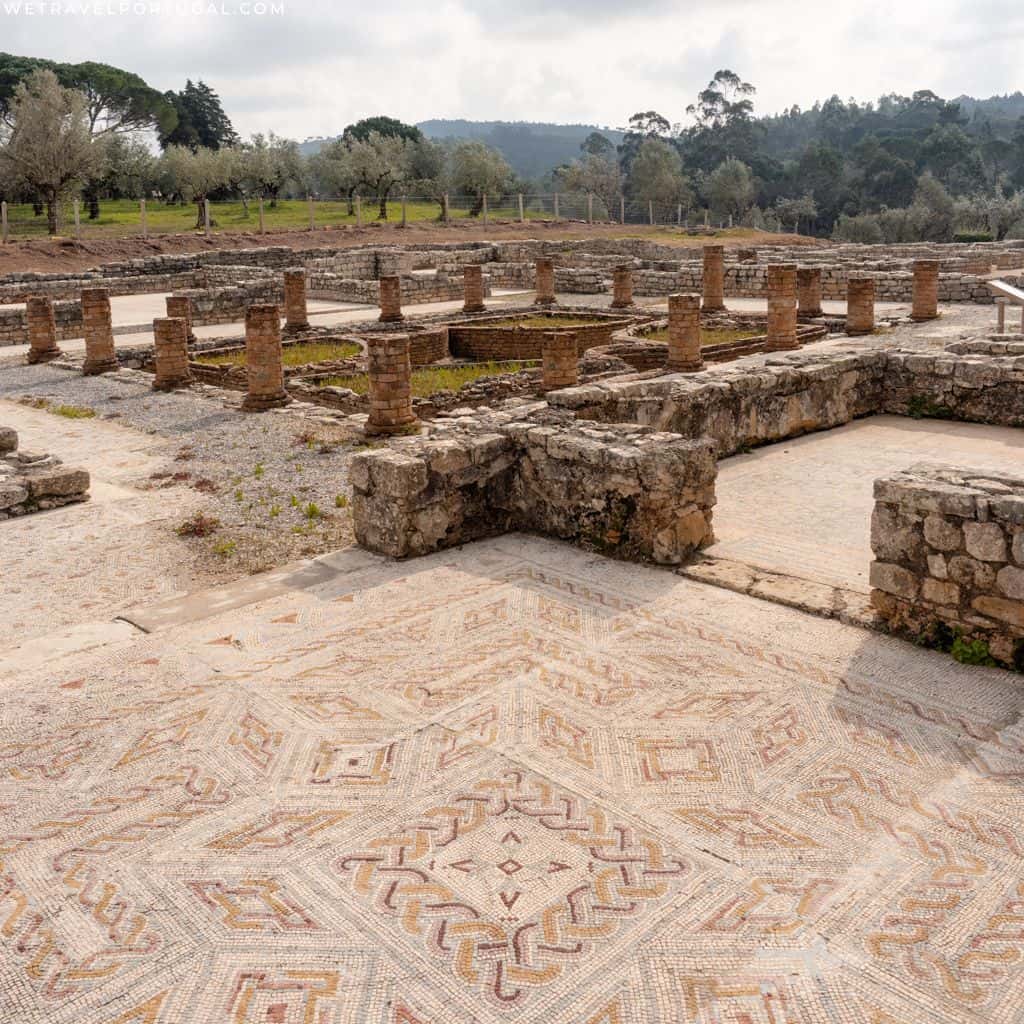
The History of Conimbriga
The history of this village can be traced back to the Copper Age and the Bronze Age, however, there is the possibility that it can be traced as far back as the Stone Age. Evidence of the Bronze Age has been found, more specifically from the 9th and 8th centuries BC. Among the artifacts found from this period were ceramic items, farming items like scythes and some human remains.
Roman’s Arrive in Conimbriga
During the time of Augustus Conimbriga was reformed. The Roman emperor sent architects and builders to remodel the village and adapt it to Roman urbanism. The forum was the first building to be built by the Romans. Then soon afterwards, the city’s spas were created, taking water from nearby Alcabideque in the village by aqueduct.
The village was equipped with a large artificial wall, which complemented the natural defensive position of the settlement on the hill. At 2 km long the the wall provided more than 23 ha for the expansion of the town. Along this wall today you can see the remains of The Casa da Cruz Suástica and the Casa dos Esqueletos with mosaics from the 2nd and 3rd centuries.
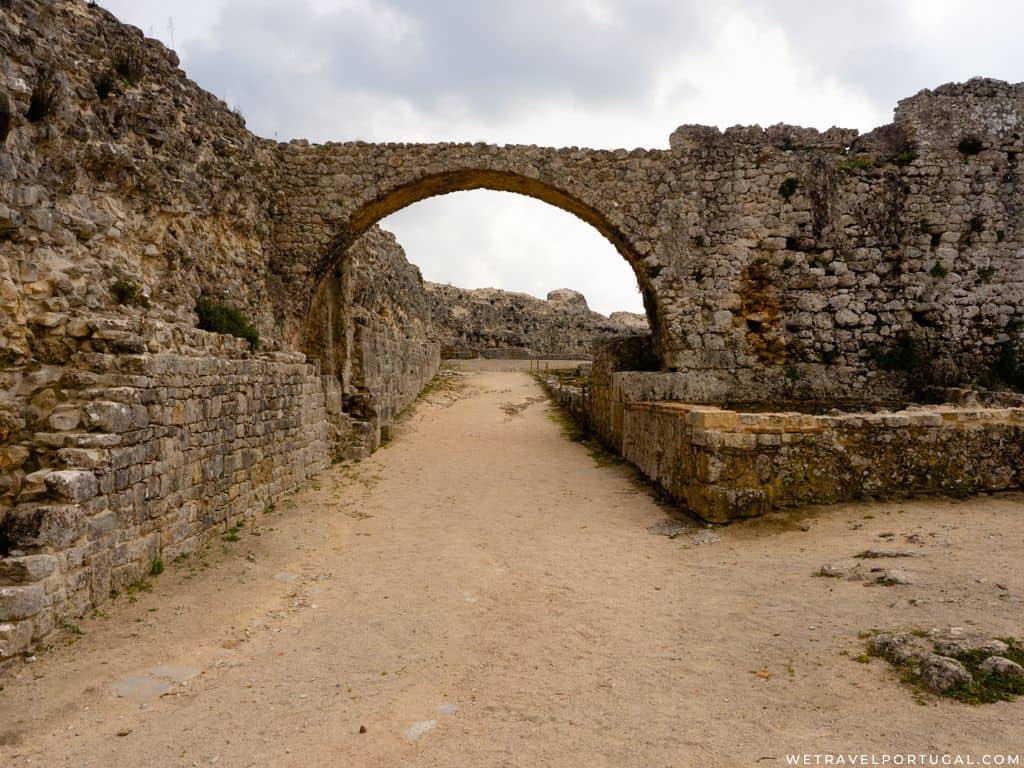
As well as the villas and their gardens, there are also the ruins of temple, a forum complex, an aqueduct, and piping systems that heated the city’s public and private bathrooms. As well as large defensive structures.
Conimbriga Today
The archaeological site of the ruins has been a National Monument since 1910, and the onsite museum the Museu Monográfico de Conimbriga was inaugurated in 1962. The museum preserves a diverse collection, spread over 31 thematic nuclei, including statuary, fragments of decoration and objects of daily use. The small museum recounts the daily life of this sophisticated town. It displays large finds such as statues, funerary monuments, mosaics (one shows the Minotaur’s head in a maze), and a colossal head of Augustus Caesar that originally stood in the town’s Augustan temple.
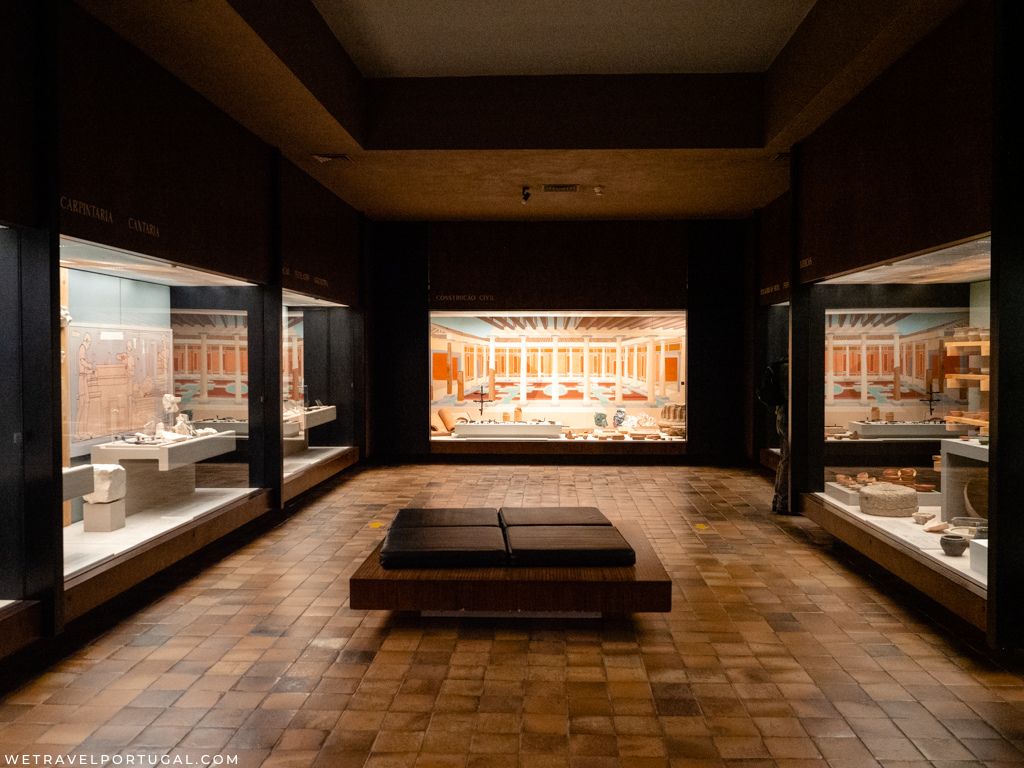
Getting to Conimbriga and the Museum
Public transport is available which departs from Coimbra’s bus station. Although it really is only practical for people already in Coimbra – it departs twice a day on weekdays (at 9:30am and 12:30pm) and during weekends and holidays once a day (at 12:30pm). The return service is only available from Conimbriga at 13.25pm, so if you intend to do the trip by public transport only you’re limited with one pairing and a return trip that starts at 9.30am. The full timetable can be found on the Transdev website, and we recommend checking carefully before making firm plans. A single ticket is €2.75.
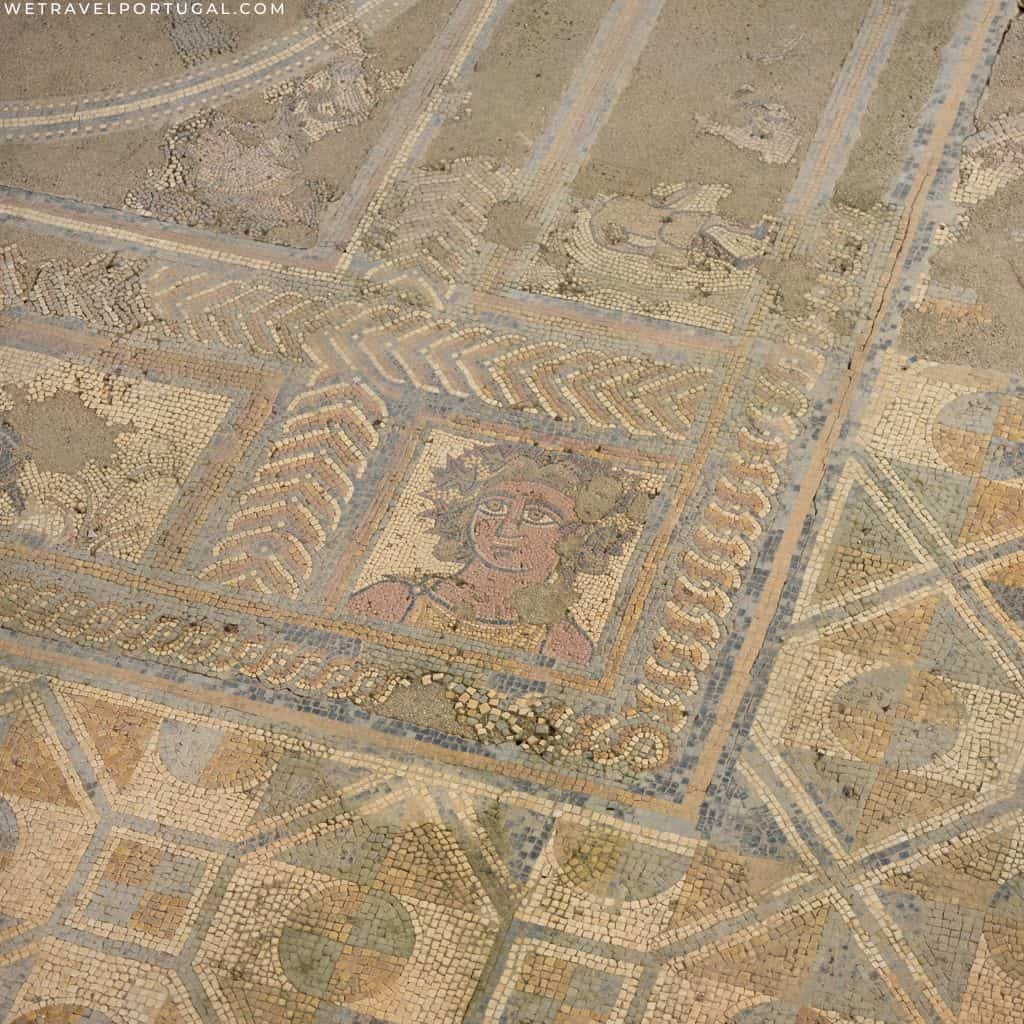
There is a second bus service to Condeixa-a-Nova, which is less than two kilometers from Conimbriga. From here you can take a local taxi or walk to Conimbriga. It once again only covers limited times but allows an earlier start time if you want to depart Coimbra at 07.30am. A single ticket is €2.60. Once again, the full timetable can be found on the Transdev website.
If you’re driving, the site has a large free car park with space for 200 cars, although you’ll never see it anywhere near this busy. The full address is Conimbriga, Condeixa-a-Velha 3150-220 Condeixa-a-Nova.
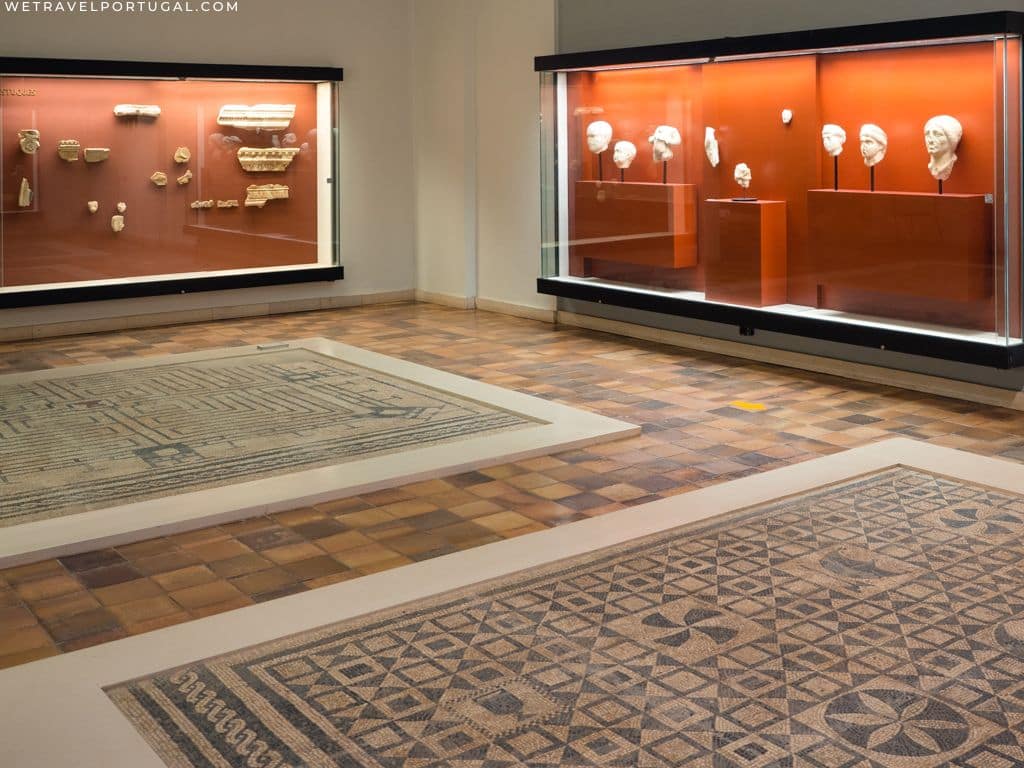
Admission and Tickets to Conímbriga
Tickets are €4.50. Children up to the age of 12 are free.
The museum opens every day, from 10am to 6pm (last tickets sold at 5:15pm)
As a national museum, this is on the list of museums with free admission on Sundays for residents of Portugal and is always open on Mondays.
Follow Us!

